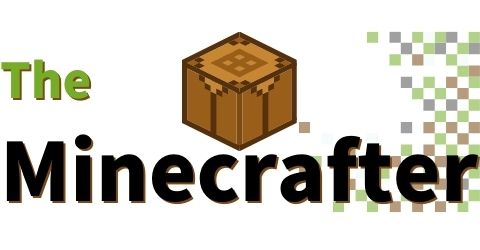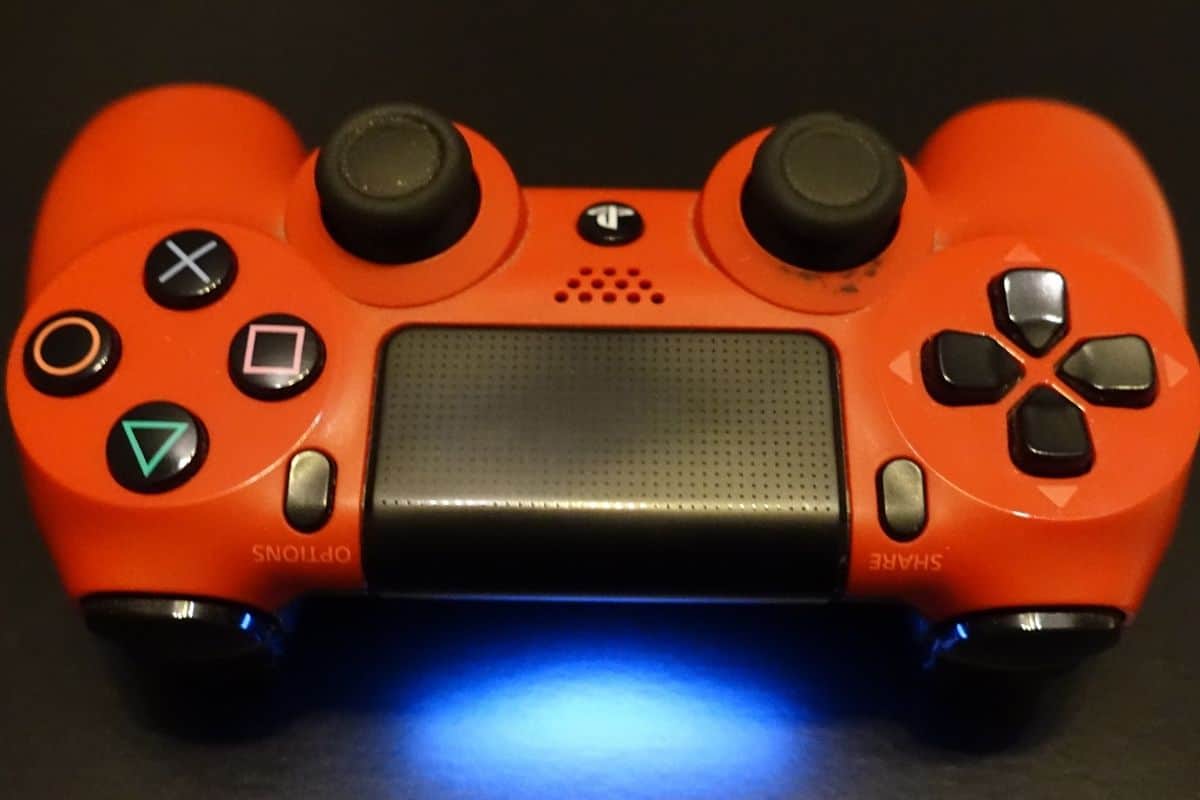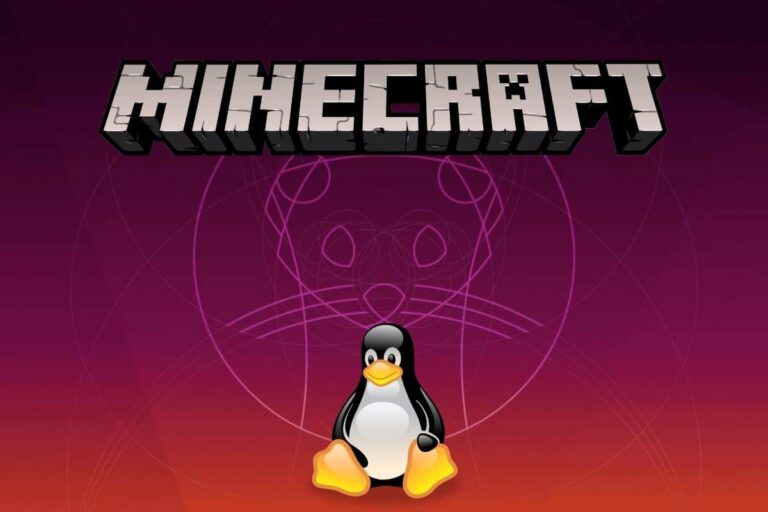What Causes the Most Lag in Minecraft? (15 reasons to look at)
We have all known this moment when Minecraft starts to slow down, more or less violently and even with a recent PC. Minecraft is a game well-known to be laggy, despite its minimalist graphics, it consumes a lot of resources and your PC may have trouble running it. Today I will give you several ways to solve this problem definitively.
But first, why does Minecraft lag?
There are many options to configure to optimize the performances in Minecraft (use more RAM, decrease the rendering distance or the graphic details, etc.). It’s an essential step to play Minecraft in the best conditions.
The goal in this article is to guide you step-by-step to configure these settings. I’ll show you what you can try, adjust and check to reduce lag on your computer.
Note: these are advices related to the lag on your computer (even in solo). If you are playing on a server, and other players have the same issue, it’s probably coming from the server configuration.
Optimize the PC configuration
Close the other applications
Use the task manager to close the most demanding applications.
We can also put Minecraft in high priority (find javaw.exe in the list, right click, high priority).
Also check the use of resources, if the RAM or the CPU is at 100% it will be complicated to play without lag.

Uninstall useless software
If you have a new PC, make sure you have uninstalled all unnecessary software.
New computers often come with dozens of useless software (a slow antivirus in general).
This does not apply to self-assembled PCs, but it’s an important thing to check before going further.
Check that you are using Java 64 Bits
Most people have no idea what I’m talking about, but the Java launcher is available in two versions : 32 bits and 64 bits.
Except if you are playing on an old PC (and in this case, you already know why Minecraft lag), your computer can probably run 64 bits applications.
So, there are two things to check to make sure Minecraft is installed on on optimized system:
- Is your operating system a 64 bits version?
On Windows, you can check this in Settings > System > About - Same thing for your Java runtime version. Is it the 64 bits version?
- To check this, open Java or any Java application on your computer (Minecraft for example)
- Open the task manager and find the corresponding process:

- If you can read (32 bits) at the end of this line, you don’t have the correct version installed
Unfortunately, if your system is 32 bits, you’ll need to reinstall it completely with a 64 bits version.
If it’s only an issue with Java, you can uninstall the current version and download the new one here.
Check if Minecraft use the GPU
If you have built your computer yourself, and you know a minimum of how it works, you can probably skip this step.
I have already seen people with graphics cards at $1000 complaining about slowness because they don’t use their graphics card, but the chipset on the motherboard. So, I prefer including this, just ine case 🙂
Some motherboards have screen output (VGA, HDMI, etc.) with an integrated graphics card.
The risk when connecting a new PC is to go too fast and connect the screen cables to these sockets, while those of the graphics card are a bit lower.

If there isn’t the right type of connector for your display, buy an adapter from Amazon, but definitely don’t use your motherboard port!
To make sure you haven’t made this mistake, you can right-click on the desktop and go to graphics options.
In the advanced options you’ll find the graphics card used on each screen. Make sure this is the name of your main GPU.
Update the graphic card drivers
Finally, the last thing I can think about, to make sure that nothing is wrong with the computer configuration, is to check that the drivers for your computer are up to date, especially those for the graphics card.
The risk here is that they were installed automatically by Windows on the first start, with a generic driver.
The first option is to go on the manufacturer website of the graphic card (NVIDIA for example) and download the latest driver available for your model:

Another solution would be to use a tool to do this for you. For example, DriverBooster can update all your computer drivers in a few clicks.
Be aware of the boxes checked by default during installation, this kind of software will often add many useless apps, which will not help your PC performances issues.
Adjust the Minecraft configuration
We are now confident that your computer configuration is good, and that all prerequisites are installed.
If you still have any lag in Minecraft, you can now move to the Minecraft configuration.
Launcher: set Minecraft to use more RAM
When you create a new profile in the Minecraft launcher, the game will allocated a maximum amount of RAM it can use (1 or 2GB in general).
If you have a lot of RAM on your computer, you can increase this value.
Let’s see how to do this:
- First, you need to know how much RAM you have on your computer.
If you are not sure about this, you can find the information in your system settings (shortcut: Windows+Pause keys) - Then, you need to decide the amount of RAM you want to give to Minecraft:
- In general, 1 or 2 GB should be enough. But you can try to increase this value if you have some lags in game.
- In any case, don’t allocate all your RAM to Minecraft. For example, if you have 8 GB on your computer, you can set the Minecraft configuration to use 4 GB.
Don’t set it over 6 GB, or it may have the opposite effect on the performances.
- To change the value in your Minecraft settings, open the launcher and go to the “Installations” tab.
Find your current version, and click on “Edit”.
In the settings, click on “More options” and edit the RAM limit in the Java command:
In this case, I can change the JVM Arguments to -Xmx4G for example
Do a few tests et see if you get better results while playing.
If it doesn’t change anything, continue with the next tip 🙂
Decrease the render distance
Once the game started, there are many other settings you can change to try to decrease lag in Minecraft.
The good news is that it will be easy to do, and you’ll probably get the better results with these few tips.
The first thing you can try is to decrease the chunk rendering distance.
Minecraft loads the area around you when you move, so that you always see the landscape around your position.
This is great, but it requires a lot of computer resources to do this. Maybe you don’t need to see so far around you?
You can try to decrease the distance in the game settings, inside Video settings.
Find the “Render Distance” parameter. By default, it should be something like 12 chunks (almost 200 blocks in each direction).
Try to change this value, I think 4 chunks should be enough in most cases.
Switch to fast graphics
In the same configuration screen, you have an option to change the level of details for the game graphics.
Even in that kind of game, graphics can slow down your computer a lot. You shouldn’t see a big difference between all the options, so it’s a good thing to try.
Find the “Graphics: Fancy” button and click on it to switch to “Graphics: Fast”. Then check if your lag issues disappear or at least are less frequent.
Disable clouds and smooth lighting
Another lag source that is well-known is clouds and smooth lighting.
Clouds are useless in game in general, but they required many calculations to be realist enough when they move.
Same thing for the lighting.
You can also try to disable the clouds and the smooth lighting in the same configuration screen.
Decrease or disable particles
Like clouds, particles require a lot of calculations to be displayed on the screen, without being essential most of the time (remember to reactivate them in PVP).
To manage this option, go to Options, then Video settings, and click on Particles
Minimal or Reduced are good options
Disable biomes blend
Since 1.13, a “Biome fade” option has been added in the same configuration screen.
By reducing the value of this option, you reduce the complexity for the game to generate transitions between biomes.
It’s up to you to test to find the right balance between performance and quality of the map generated.
It only works in solo obviously
Avoid full-screen mode
Playing in full screen requires more resources from your computer, especially if you have high resolution.
You can try lowering the screen resolution to see if that makes a difference for you, at least temporarily.
Try to play with the default texture pack
Some packs are very greedy, in finding the reason for your lags, doing tests without a texture pack can be a good idea.
If you realize that was it, switch to a minimalist texture pack, or to a less detailed version of the same pack.
Try without any mod
It’s pretty much the same problem with mods.
If you have mods other than Optifine installed, try removing them while you check that even without them, you are lagging.
If by removing them you solve your problem, try to put them back one by one, to find out which one was causing the problem.
Install Optifine
Once the basic options of Minecraft have been modified, if that is still not enough you can install a mod whose role is precisely to be able to tweak a lot more settings.
I have already done an article dedicated to this mod, in which I explain absolutely everything from installation to configuration
I let you consult this guide to install and use Optifine by clicking on the link
It’s better to follow the whole guide, setting the same parameters, which are practically perfect for optimizing performance.
Otherwise, try to deactivate the maximum of non-essential things, or at least to pass them in fast
That is to say :
- Details: Tree Fast, Sky Off, Clouds: off
- Quality: Clear Water Off, Better Grass Off, Custom Fonts Off
- Animations: All off
This alone should boost your performance and allow you to play in excellent conditions.
Bonus tips
I think we’ve now seen most of the basic optimizations to keep Minecraft from lagging, but here are the late options I have in mind to get the best results possible.
Preloading chunks
The first one I remember is to preload the chunks in advance.
This means that at the start of the game you type a command that will teleport you to different places around your position, to preload the entire surrounding map.
Indeed, in addition to the lags coming from your graphical configuration on the client, Minecraft must also make sure that when you move, the rest of the world is generated and displayed.
It can take quite a bit of your computer’s resources, and therefore generate lags if they are limited.
You can try the technique explained in this video for example:
Play on your own server?
It might sound a bit extreme, but why not?
As I just explained briefly, Minecraft on your PC must manage the display, but also everything that happens in the background (loading the map, mobs, lava / water, hoppers, … ).
If you have the possibility, installing your Minecraft server allows you to separate these two functions.
The server will take care of all the background, while your PC will focus on the display only.
It also has the advantage of being able to play with friends, on a server accessible at all times.
There are many inexpensive solutions on the web.
If you have another PC at home or even a Raspberry Pi (see what I’m talking about on Amazon), it is possible to install a Spigot server on it (click on the link to see my guide on the subject).
Conclusion
Here we are at the end of this list of the best tips to reduce lag in Minecraft.
This article includes many solutions, and I hope you have found what you were looking for.









